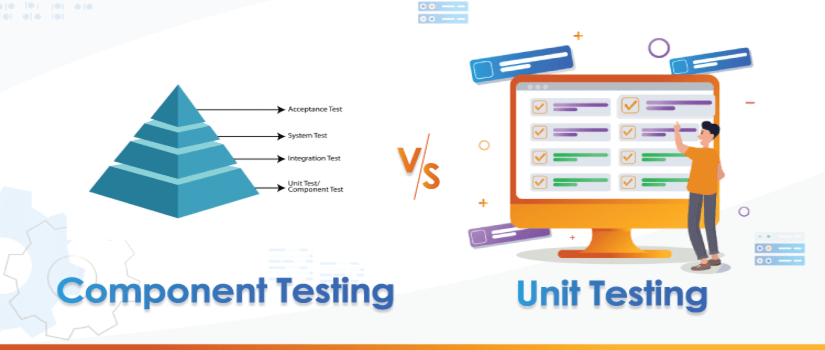The first web page went live on August 6, 1991. It was dedicated to information on the World Wide Web project and was made by Tim Berners-Lee. Two decades ago, a website main purpose was to carry some information and images, which translated some piece of information to its audience.
Since then the Internet and the devices on which the internet is being accessed has dramatically changed. Today, a website is not just a piece of business information or few images. The expectations from a website are pretty diverse in nature. Today, a website covers broad spectrums like e-commerce, social linking, chat windows, chatbots, maps, business information processing, form filling and a lot more.
The devices on which websites are accessed are not just desktops or laptops anymore. Mushroom growth is being noticed in case of ever-growing Mobile & Tablet users. Today, a website gets opened more on a mobile device than any other medium.
Progressive Web Applications are a mix of the traditional browser experience and the mobile app experience. PWAs are web-based apps that cover users of any device. That means, if a user is on a laptop a PWA would behave more like a website, whereas if a user is on a Mobile device, he will have an App like experience.
PWA is the web app with the native-app flavor. After the installation, a user clicks on its icon on a device home screen and gets straight to the website. PWAs was introduced by Google in 2015.
Features Of PWAs
PWAs has a set of unique features that differentiate them from traditional web & native apps. Some of the features that are supported by PWAs are as follows:
• PWAs are compatible with all browsers and all devices.
• Offline Work mode is enabled for PWAs
• App like interface
• Push Notifications
• Self-Updates
• Safety: PWAs are served through HTTPS, so unauthorized users can’t access their content.
• Easy Installation: PWAs are classified as Apps however they are not available on Google & Apple Stores. These Apps are shared through a URL. Their installation is pretty simple, visit a site and add it to your device home screen will complete the install process.
• Available through an icon on your mobile device screen.
PWAs development cycle is smaller hence saves time and money. Install is easy and updates are automatically done, unlike other Apps in which one has to go to the respective stores for the updates.
Progressive Web Apps are now supported on Desktop. They are fast, reliable and engaging. Users expect fast uploading and surfing through a website or an app. As per Google, 53% of users will abandon a site if it takes longer than 3 seconds to load. Performance matters and so as the speed.
A Google Study revealed that:
Pinterest increased search engine traffic and sign-ups by 15% when they reduced perceived wait times by 40%.
COOK increased conversions by 7%, decreased bounce rates by 7%, and increased pages per session by 10% when they reduced average page load time by 850 milliseconds.
The BBC found they lost an additional 10% of users for every additional second their site took to load.
DoubleClick by Google found 53% of mobile site visits were abandoned if a page took longer than 3 seconds to load.
Ref: https://developers.google.com/web/fundamentals/performance/why-performance-matters/
How PWAs Stats Help One Understand Their Importance?
PWAs is growing fast and with what it can offer, it has tremendous potential.
The following stats indicate the growth that businesses have seen by implementing PWAs.








Ref: https://www.pwastats.com/
PWAs and their future is yet to be determined as they are an emerging trend due to their large advantages, however, there are certain Cons that come with PWAs.
PWAs cannot do everything as they have their own limitations. With PWAs a user may suffer some limitations due to not being as tied to the user’s hardware as a native app. This can result in unwanted downsides like less smooth UX, slower performance, and in the case of iOS, the inability for the PWA to access core features like Bluetooth, Touch ID, Face ID, the altimeter sensor, etc.
Conclusion
PWAs have many distinct advantages and few limitations. PWAs seem to be the future for the Web allowing the developers to create user experiences that can reach both web and mobile at the same time. PWAs do have the potential to compete and its support is growing. Most future Apps will end up in PWAs format.
Soft Tech Group has expertise in designing and developing PWAs. If you are looking for an App to be designed and developed, please Contact us to leverage the extended benefits of PWAs.











